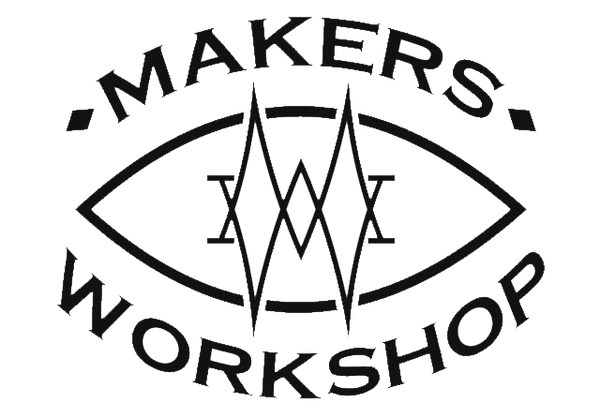As technology continues to advance at a rapid pace, it is crucial for schools to adapt their teaching methods to prepare students for the future. One innovative approach that has gained popularity in recent years is the implementation of makerspaces in schools. Makerspaces provide students with a creative and collaborative environment where they can explore, experiment, and develop their problem-solving skills. In this comprehensive guide, we will explore what makerspaces are, why they are important, and how schools can successfully implement them.
What are makerspaces?
Makerspaces are dedicated areas within schools that are equipped with various tools, materials, and technologies to support hands-on learning and creativity. These spaces are designed to encourage students to become active participants in their own learning by engaging in projects that involve designing, building, and problem-solving. Makerspaces often include tools such as 3D printers, laser cutters, robotics kits, electronics, and woodworking equipment.
Why are makerspaces important?
Makerspaces provide students with opportunities to develop a wide range of skills that are essential for success in the 21st century. By engaging in hands-on projects, students can enhance their critical thinking, creativity, collaboration, and communication skills. Makerspaces also foster an entrepreneurial mindset, as students learn to identify problems, brainstorm solutions, and bring their ideas to life. Additionally, makerspaces promote a growth mindset, encouraging students to embrace failure as an opportunity for learning and improvement.
How to implement makerspaces in schools
Implementing makerspaces in schools requires careful planning and consideration. Here are some steps to help schools successfully integrate makerspaces into their curriculum:
1. Define the purpose: Determine the goals and objectives of the makerspace. What skills and competencies do you want students to develop?
2. Secure funding: Makerspaces require an investment in tools, equipment, and materials. Seek funding from grants, partnerships, or fundraising initiatives.
3. Design the space: Create a physical layout that accommodates different types of activities and promotes collaboration. Consider factors such as storage, safety, and accessibility.
4. Select tools and materials: Choose tools and materials that align with the goals of the makerspace and cater to the interests and abilities of your students.
5. Provide training and support: Offer professional development opportunities for teachers to familiarize themselves with the tools and technologies in the makerspace. Provide ongoing support and resources.
6. Integrate into the curriculum: Identify opportunities to incorporate makerspace projects into existing subjects or create new interdisciplinary projects.
7. Foster a culture of creativity and innovation: Encourage students to take risks, explore new ideas, and embrace failure as a learning opportunity.
8. Evaluate and iterate: Continuously assess the impact of the makerspace on student learning and make adjustments as needed.
By following these steps, schools can create a vibrant makerspace that empowers students to become active learners and prepares them for the challenges of the future.

